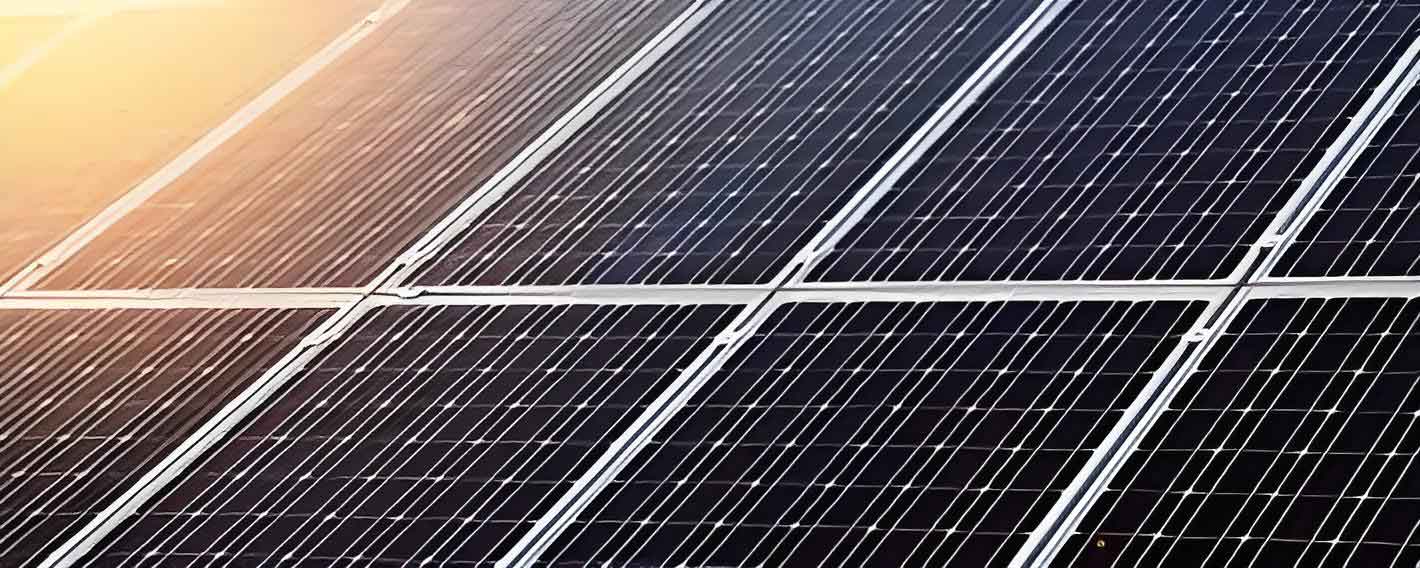
Introduction
Photovoltaic panels have revolutionized the way we harness solar energy, providing a clean, renewable source of power. As demand for solar energy increases, so does the need for more efficient photovoltaic panels. Innovative materials are at the forefront of this technological advancement, significantly enhancing the efficiency and performance of solar cells. This article explores these cutting-edge materials, their benefits, and their impact on the future of solar energy.
Traditional Photovoltaic Materials and Their Limitations
Traditional photovoltaic panels are primarily made from silicon, which has been the dominant material due to its abundance and relatively high efficiency. However, silicon-based photovoltaic panels have several limitations:
- Efficiency Limits: Silicon cells have a theoretical maximum efficiency of about 29%, with commercial panels typically achieving 15-22%.
- Material Cost: High purity silicon required for photovoltaic cells is expensive to produce.
- Energy-Intensive Production: The manufacturing process for silicon photovoltaic panels is energy-intensive.
Innovative Materials Enhancing Photovoltaic Efficiency
To overcome these limitations, researchers and manufacturers are exploring a range of innovative materials. These materials promise to boost the efficiency of photovoltaic panels, reduce costs, and simplify the manufacturing process.
Perovskite Solar Cells
Perovskite solar cells have garnered significant attention due to their high efficiency and relatively low production costs. Perovskite materials are a class of compounds with a specific crystal structure that is highly effective at converting sunlight into electricity.
Benefits of Perovskite Solar Cells:
- High Efficiency: Perovskite cells have achieved efficiencies above 25% in laboratory settings.
- Low Production Cost: Easier and cheaper to produce compared to silicon cells.
- Flexibility: Can be applied to flexible substrates, enabling new applications.
Table 1: Comparison of Silicon and Perovskite Solar Cells
| Feature | Silicon Solar Cells | Perovskite Solar Cells |
|---|---|---|
| Efficiency (Commercial) | 15-22% | 18-25% |
| Manufacturing Cost | High | Low |
| Production Energy Intensity | High | Low |
| Flexibility | Low | High |
Cadmium Telluride (CdTe) and Copper Indium Gallium Selenide (CIGS)
CdTe and CIGS are thin-film technologies that offer several advantages over traditional silicon cells. These materials can be deposited in thin layers, reducing the amount of material needed and enabling flexible panel designs.
Benefits of CdTe and CIGS:
- Thin-Film Technology: Requires less material, reducing costs and weight.
- Efficiency: Competitive efficiencies, with CdTe cells reaching around 22% and CIGS cells achieving up to 23%.
- Versatility: Can be used in a variety of applications, including flexible and portable solar panels.
Table 2: Comparison of Thin-Film Technologies
| Feature | CdTe Solar Cells | CIGS Solar Cells |
|---|---|---|
| Efficiency (Commercial) | 18-22% | 17-23% |
| Material Use | Low | Low |
| Production Cost | Moderate | Moderate |
| Flexibility | High | High |
Organic Photovoltaics (OPVs)
Organic photovoltaics use organic materials to convert sunlight into electricity. These materials offer the potential for low-cost, lightweight, and flexible solar panels.
Benefits of OPVs:
- Lightweight and Flexible: Ideal for portable applications and integration into various surfaces.
- Low Production Cost: Manufactured using solution-based processes that are less expensive than traditional methods.
- Environmental Impact: Reduced environmental impact due to the use of organic materials.
List: Applications of OPVs
- Portable solar chargers
- Building-integrated photovoltaics (BIPV)
- Wearable solar technology
Table 3: Comparison of Traditional and Organic PVs
| Feature | Traditional PVs | Organic PVs |
|---|---|---|
| Efficiency (Commercial) | 15-22% | 10-15% |
| Weight | High | Low |
| Flexibility | Low | High |
| Production Cost | High | Low |
Emerging Materials and Technologies
Quantum Dots
Quantum dots are semiconductor particles only a few nanometers in size. They have unique optical and electrical properties that can significantly enhance the efficiency of solar cells.
Benefits of Quantum Dots:
- High Efficiency Potential: Capable of capturing a broader spectrum of sunlight.
- Tunable Properties: The size of the quantum dots can be adjusted to optimize performance.
- Enhanced Stability: Improved stability under high temperatures and radiation.
Multi-Junction Solar Cells
Multi-junction solar cells consist of multiple layers of different materials, each designed to capture a specific segment of the solar spectrum. This design allows for higher overall efficiency.
Benefits of Multi-Junction Solar Cells:
- Very High Efficiency: Laboratory efficiencies exceeding 40%.
- Optimized Spectrum Use: Each layer captures a different part of the solar spectrum.
- Space Applications: Ideal for use in space where high efficiency is critical.
Table 4: Efficiency Comparison of Advanced Materials
| Material | Efficiency Potential (Lab) | Commercial Availability |
|---|---|---|
| Quantum Dots | >30% | Emerging |
| Multi-Junction Cells | >40% | Limited (mainly for space) |
| Perovskites | >25% | Increasing |
| CdTe | 22% | Widely available |
| CIGS | 23% | Widely available |
| Organic PVs | 15% | Emerging |
Future Prospects and Challenges
The future of solar energy technology is bright, with ongoing research and development focused on improving efficiency, reducing costs, and enhancing the sustainability of photovoltaic materials. However, several challenges remain:
List: Challenges in Solar photovoltaic Advancement
- Scalability: Ensuring that new materials can be produced at scale to meet global demand.
- Stability and Durability: Enhancing the long-term stability and durability of innovative materials.
- Environmental Impact: Minimizing the environmental impact of new materials and production processes.
- Market Acceptance: Overcoming market barriers and achieving widespread adoption.
Conclusion
Innovative materials are transforming the solar energy landscape, offering significant improvements in efficiency and cost-effectiveness. Perovskite solar cells, thin-film technologies like CdTe and CIGS, and emerging materials such as quantum dots and multi-junction cells are at the forefront of this revolution. As research continues to advance, these innovative materials hold the promise of making solar energy more accessible and sustainable, playing a crucial role in the transition to a renewable energy future.
